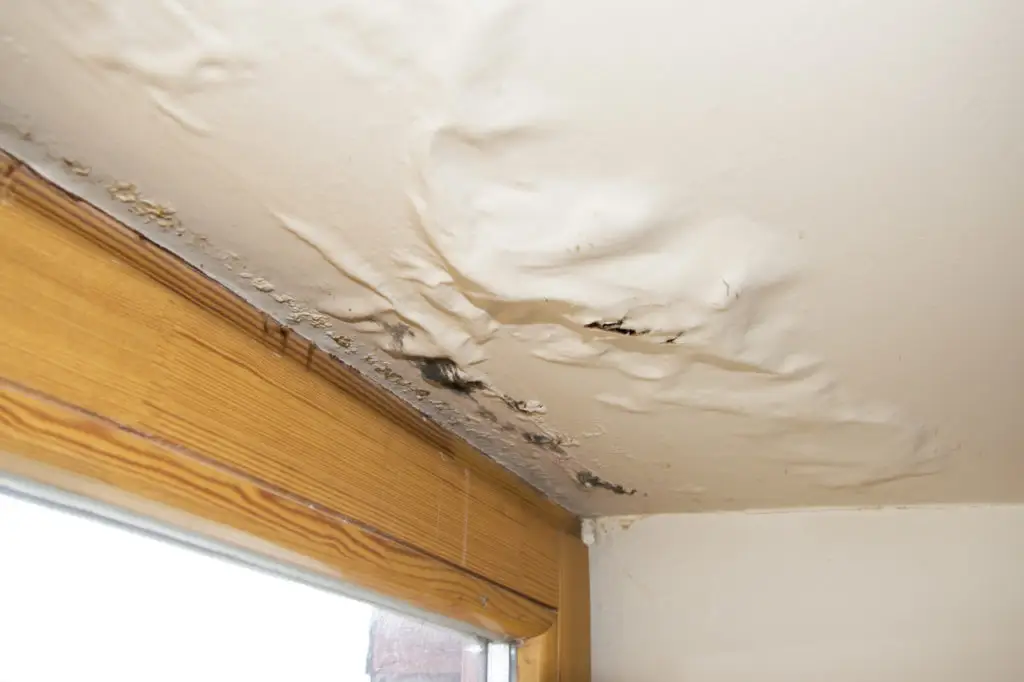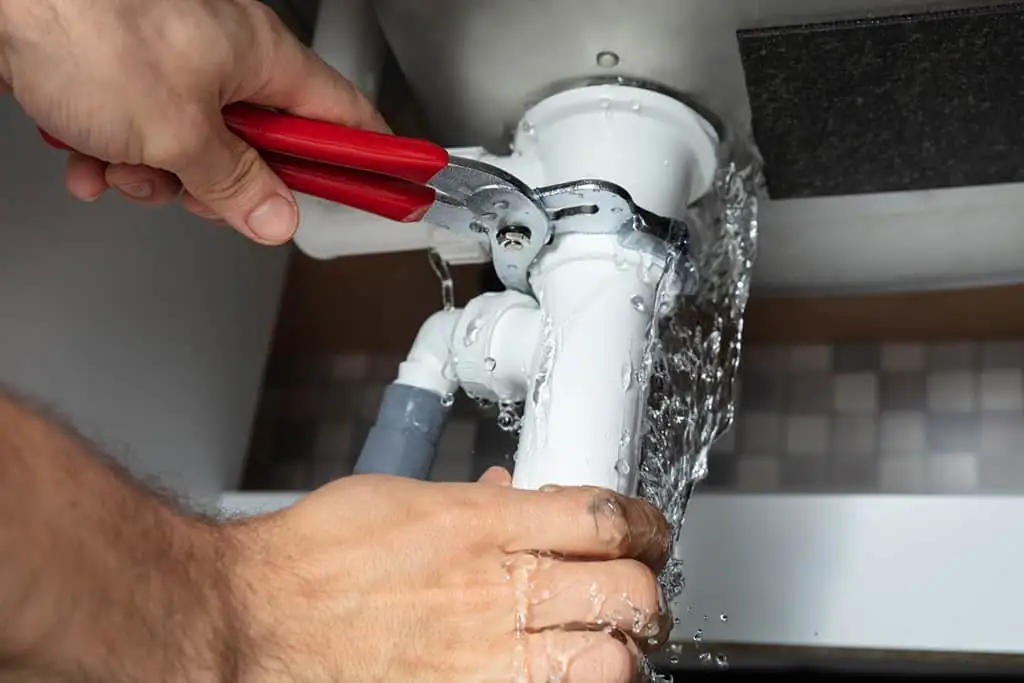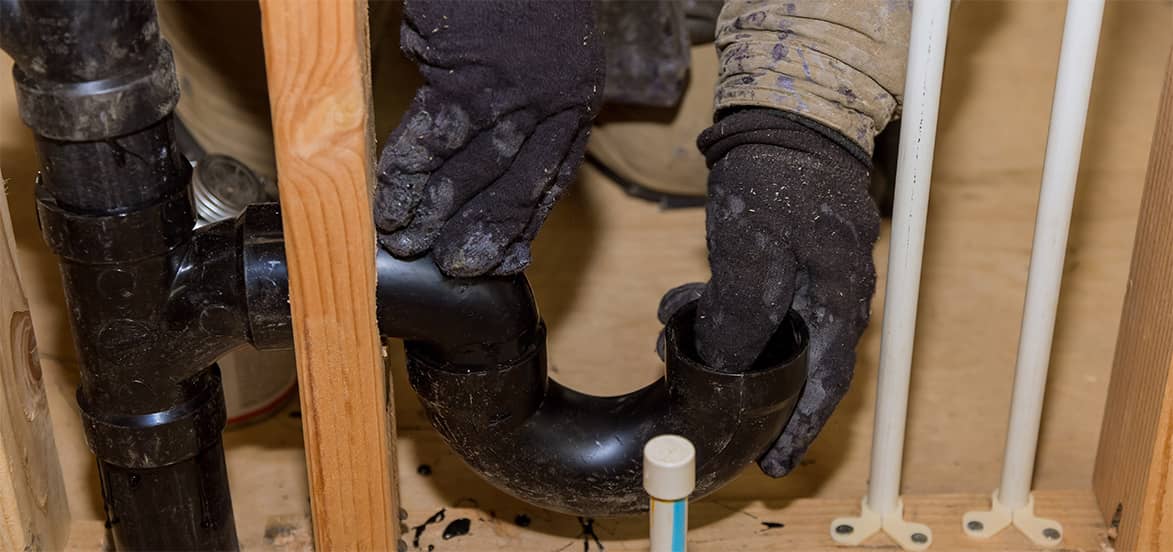The Ultimate Guide to Water Damage: Prevention, Rapid Response, and Professional Restoration
A trickle behind the wall can feel harmless, yet within days, it can soak insulation, warp floors, and invite mold that threatens both health and most likely leads to structural damage. More significant events, such as burst pipes, backed-up sewers, and severe storms, can flood entire rooms in minutes and force an expensive, stressful cleanup. Many owners underestimate the danger because water hides in drywall seams, under floorboards, and inside ceiling cavities. Acting early keeps a small leak from turning into a five-figure repair.
Where The Trouble Starts
Water finds countless ways into a building. Aging pipes weaken at joints, washing-machine hoses split after years of vibration, and water-heater valves fail without warning. Storms lift shingles or clog gutters, steering rain through the roof. Sewer lines can back up when tree roots invade or heavy downpours overwhelm municipal systems, sending contaminated water into living spaces. Even everyday humidity plays a role: poorly vented bathrooms, sweating air-conditioning lines, and condensation on single-pane windows can leave surfaces damp long enough for mildew to flourish.
Restoration teams classify what they encounter.
Category 1: clean water comes straight from a supply line or faucet and is safe at first, though it turns unhealthy if ignored. Category 2, or gray water, carries soaps, food residue, or soil from tubs, sinks, and appliances. Category 3, black water, includes sewage and flood runoff laden with harmful microbes or chemicals. Water can shift from clean to gray or black within two days, so speed is critical.
The First Hour: Actions That Limit Damage
Safety leads every decision. If water pools near outlets or appliances, shut off the power at the breaker before stepping in. Once electricity is no longer a risk, stop the flow by closing the main valve or the fixture’s supply tap. With the source contained, use towels, a wet-dry vacuum, and fans to pull up standing water and push moist air outside. Relocate area rugs, books, and electronics to a dry room. Quick drying discourages mold and keeps wooden framing from swelling.
Document Everything for Insurance
Before major cleanup, take clear photos and short videos of each damp surface, soaked possession, and damaged fixture. Note the time and date, list affected items with approximate values, and keep receipts for emergency plumbers or equipment rentals. Digital folders or cloud storage make it easy to send your insurer organized proof and speed up reimbursement.
Hidden Hazards: Structural and Health Checks
Water weakens drywall, loosens subfloor glue, and rusts metal fasteners. Walk rooms slowly, looking for sagging ceilings or bowing walls. If you sense soft spots or hear creaking underneath, leave the area and call a professional to verify structural safety. Musty smells or dark streaks on walls often mean mold has already taken hold. Because spores spread when disturbed, avoid scraping or sanding; specialized containment and filtration are safer.
When Professional Help Becomes Essential
Minor spills on tile might dry with household fans, but deeper or contaminated intrusions call for advanced tools. Extraction pumps clear inches-deep water far faster than shop vacs. Infrared cameras and moisture meters find damp pockets behind paint where microbes thrive. Certified crews also wear protective gear when handling gray or black water, then disinfect every surface to remove bacteria. If moisture lurks under hardwood planks, inside crawl spaces, or within insulation, professional drying equipment, big dehumidifiers, and high-velocity air movers prevent long-term rot.
Choosing a Reliable Restoration Partner
A reputable company answers calls day or night and promises arrival within hours, not days. Verify state licenses, insurance, and certifications from bodies such as the IICRC, which trains technicians in modern, science-based methods. Online reviews reveal whether past clients praise clear communication, fair estimates, and spotless job sites. When representatives arrive, they should inspect thoroughly, explain findings in plain language, and provide a written plan showing tasks, timeline, and itemized costs. Transparent pricing, not vague ranges, protects you from surprises.
What Restoration Involves
The process begins with water extraction, followed by strategic placement of air movers and dehumidifiers that run until moisture readings return to normal. Technicians remove unsalvageable drywall, carpet pad, or insulation, bag it on-site, and dispose of it according to local rules. Once materials are dry, they treat exposed wood and concrete with antimicrobial solutions. Reconstruction, patching drywall, reinstalling flooring, and repainting restore the space to its original look. A final walkthrough, moisture scan, and written warranty close the job.
Prevention Tips That Save Money
Routine vigilance costs little. Inspect supply hoses on washing machines and dishwashers each year, replacing them every five years or sooner if you spot cracks. Clear gutters each fall so rainwater flows away from the foundation. Seal gaps around windows and add exhaust fans to steamy bathrooms. For homes in colder climates, insulate pipes in unheated basements and set thermostats no lower than fifty-five degrees on winter trips. Installing smart leak detectors near water heaters and under sinks sends phone alerts at the first drip, buying time to shut valves before damage spreads.
Restoring Comfort and Confidence
Water disasters feel overwhelming, yet informed, decisive action turns chaos into a manageable project. Stop the flow, document conditions, dry quickly, and call professionals when water is widespread, contaminated, or hidden out of sight. All Star Plumbing Service has helped homeowners recover from burst pipes, storm floods, and sewer backups for years. Our certified crews respond 24/7, use industry-leading equipment, and handle every phase from extraction to rebuild so you can return to a safe, dry home with minimal disruption. If water finds its way in, call All Star Plumbing Service for fast, trustworthy water damage restoration that protects both property and peace of mind.
Frequently Asked Questions
Q: How soon does mold appear after a leak?
A: Mold can form within a day or two in damp, stagnant conditions, so swift drying is essential.
Q: Will my insurance pay for all repairs?
A: Most policies cover sudden, accidental damage but exclude neglect and outside flooding; read your policy or speak with your agent for details.
Q: Can I dry a soaked carpet myself?
A: Small areas may dry with fans, yet padding often holds moisture; professionals gauge hidden dampness and prevent lingering odors or mold.
Q: What if I can’t find the leak’s source?
A: Shut the main valve and call a plumber; acoustic sensors and thermal imaging help locate hidden pipes without tearing open walls.
Q: How do I keep my basement from flooding again?
A: Maintain gutters and grading, install a sump pump with a battery backup, and consider a French drain or waterproof coating on foundation walls.






